Snow Removal Blog Part 5 - Maintaining Active Pathways and Additional Comments on Neighbourhood Blading

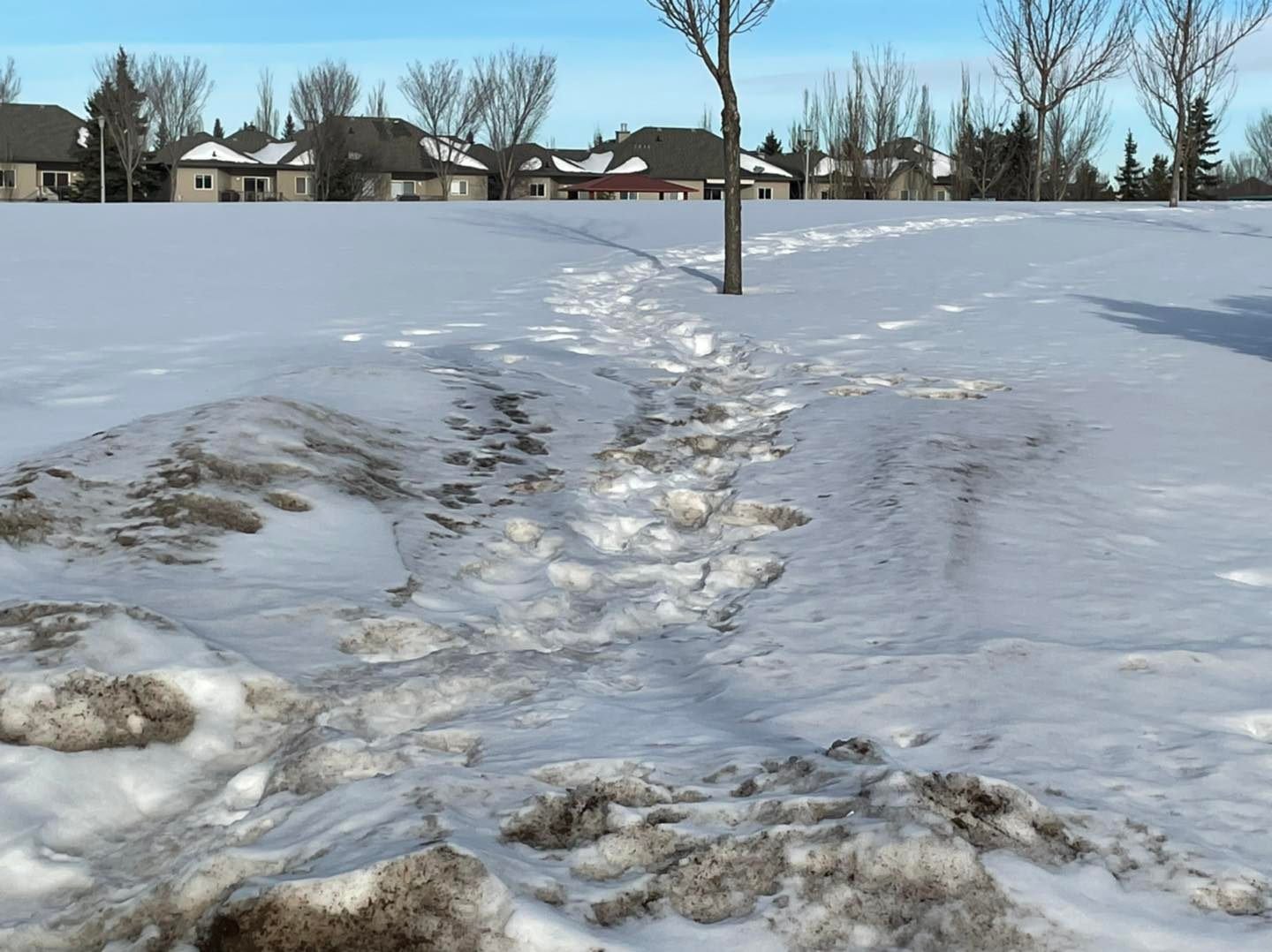
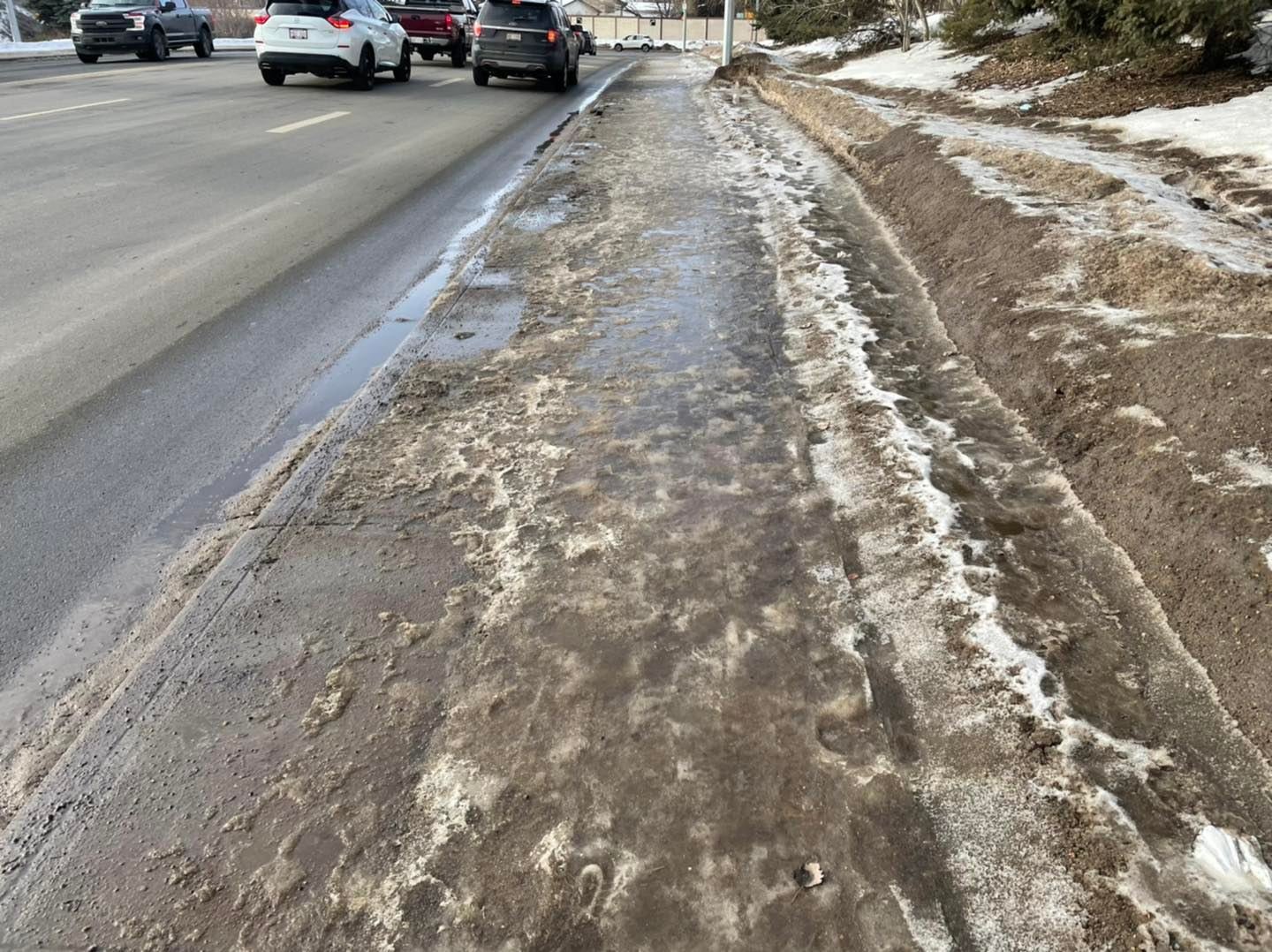
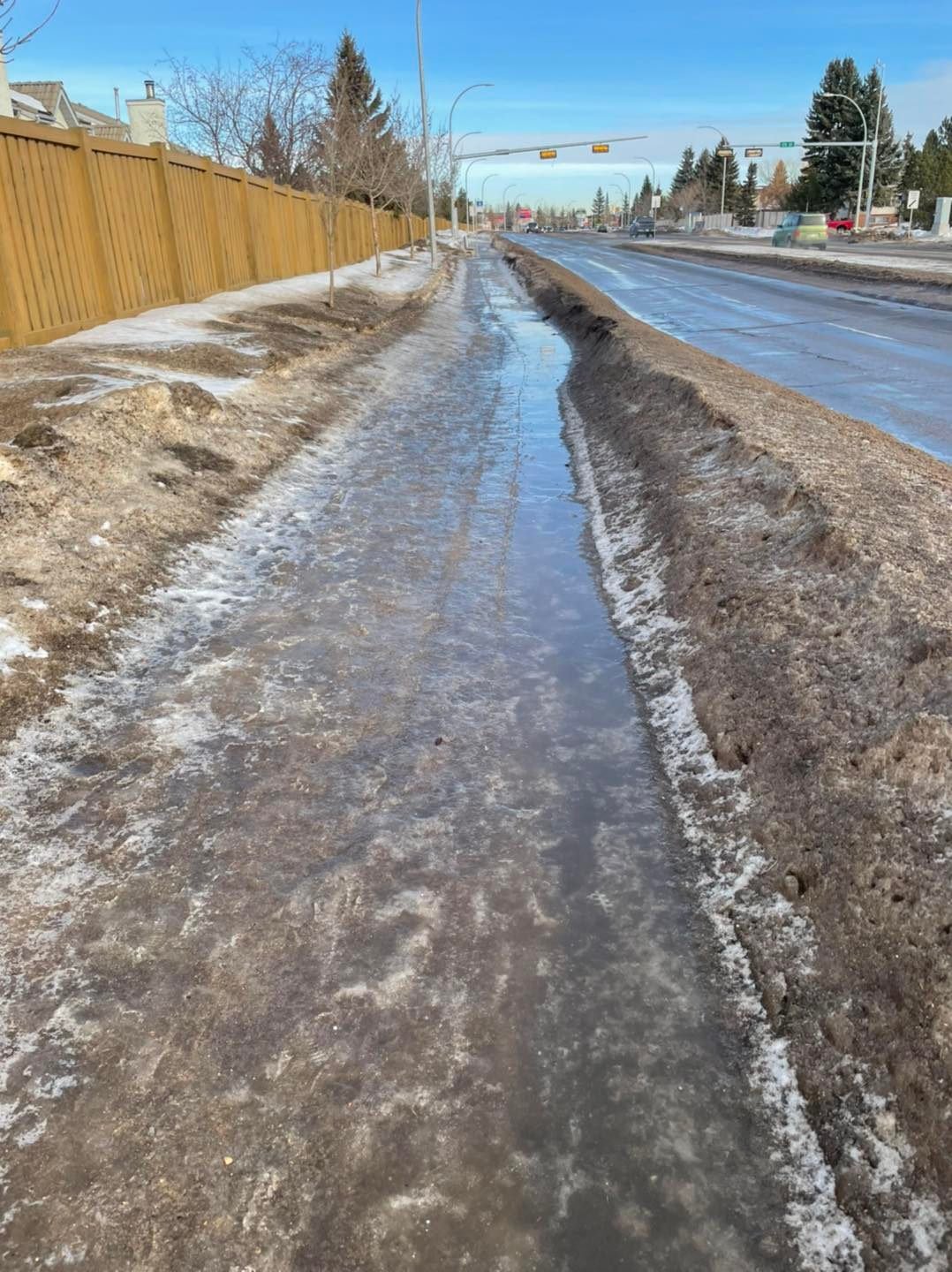
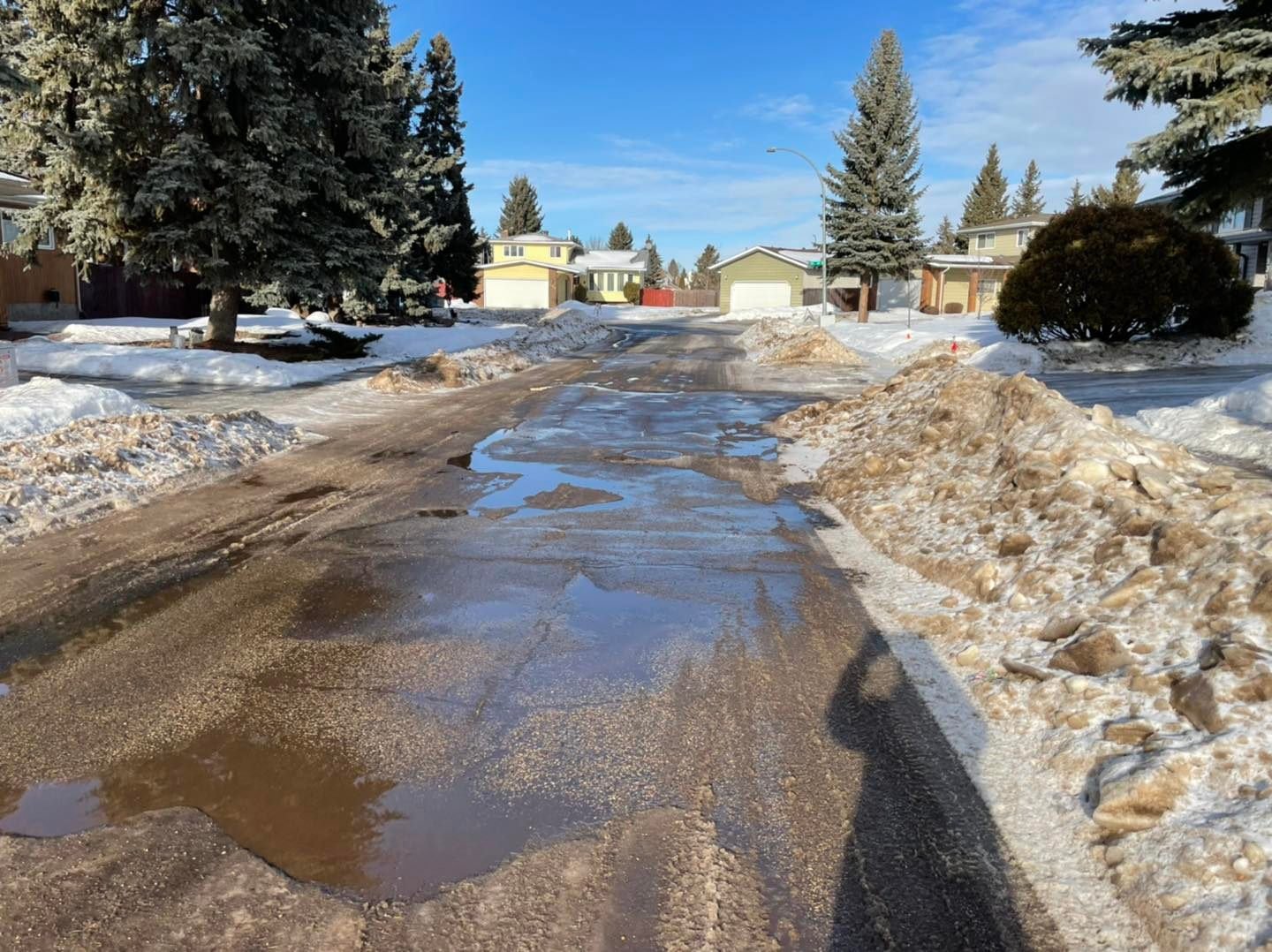
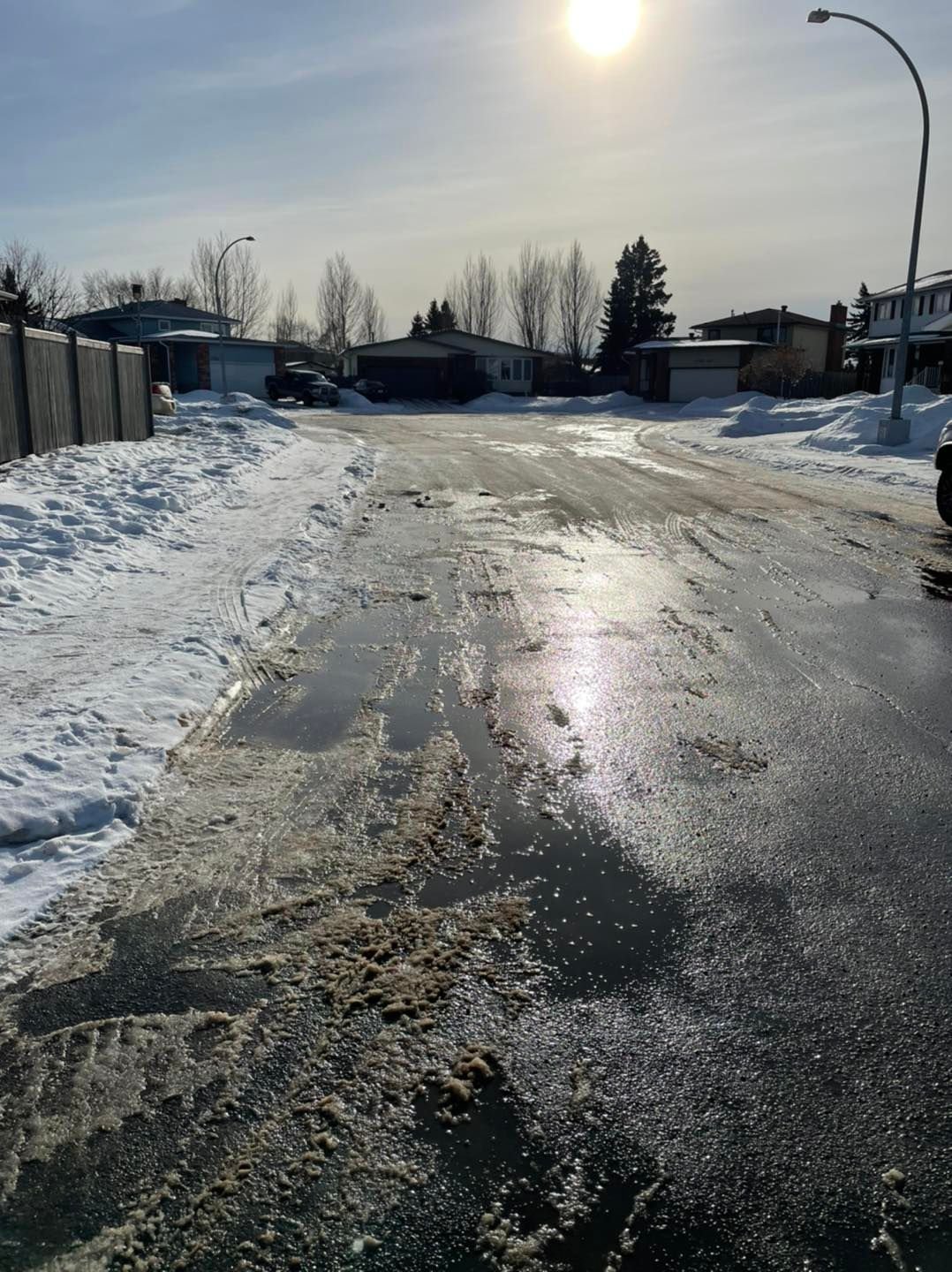
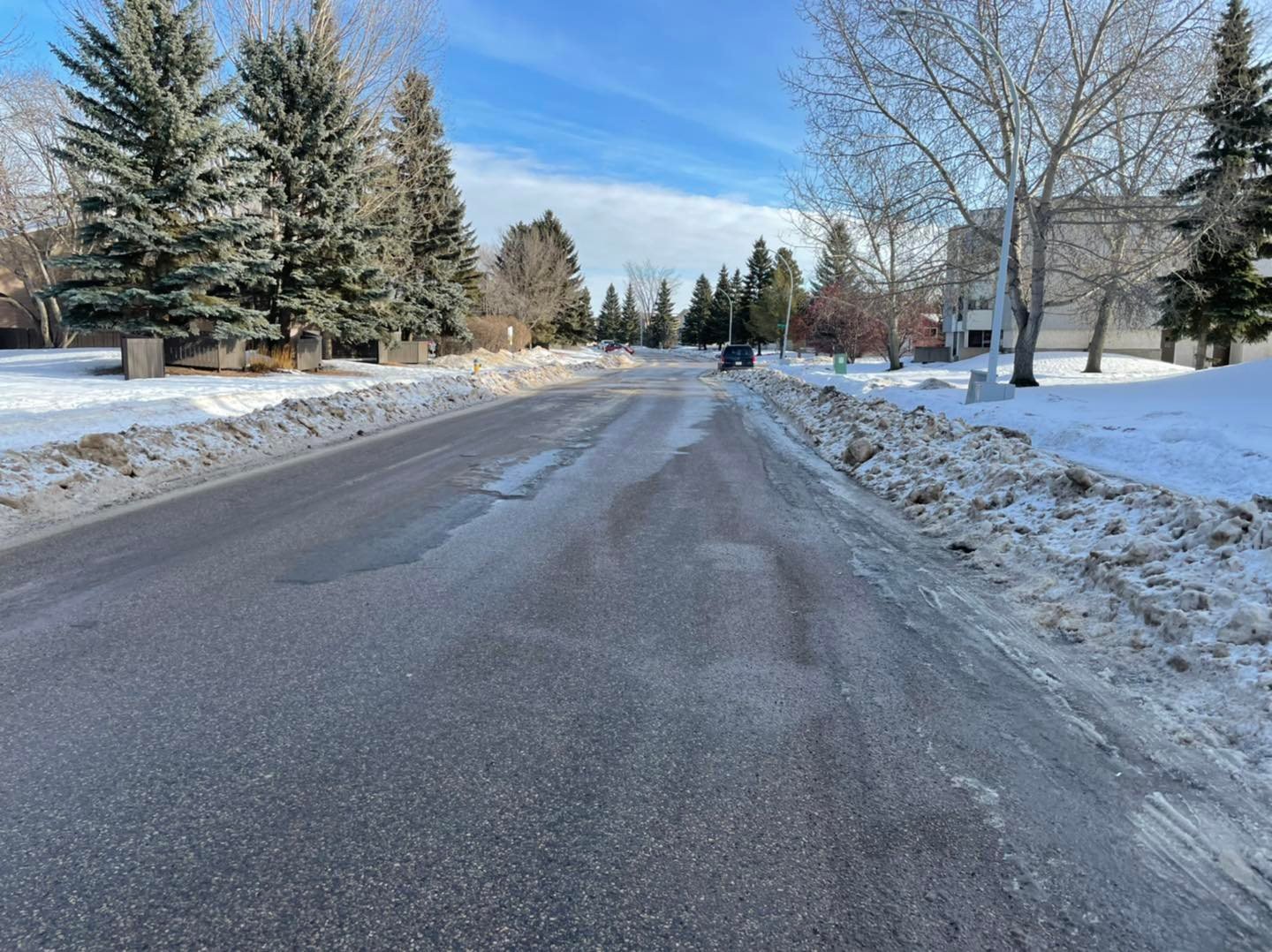
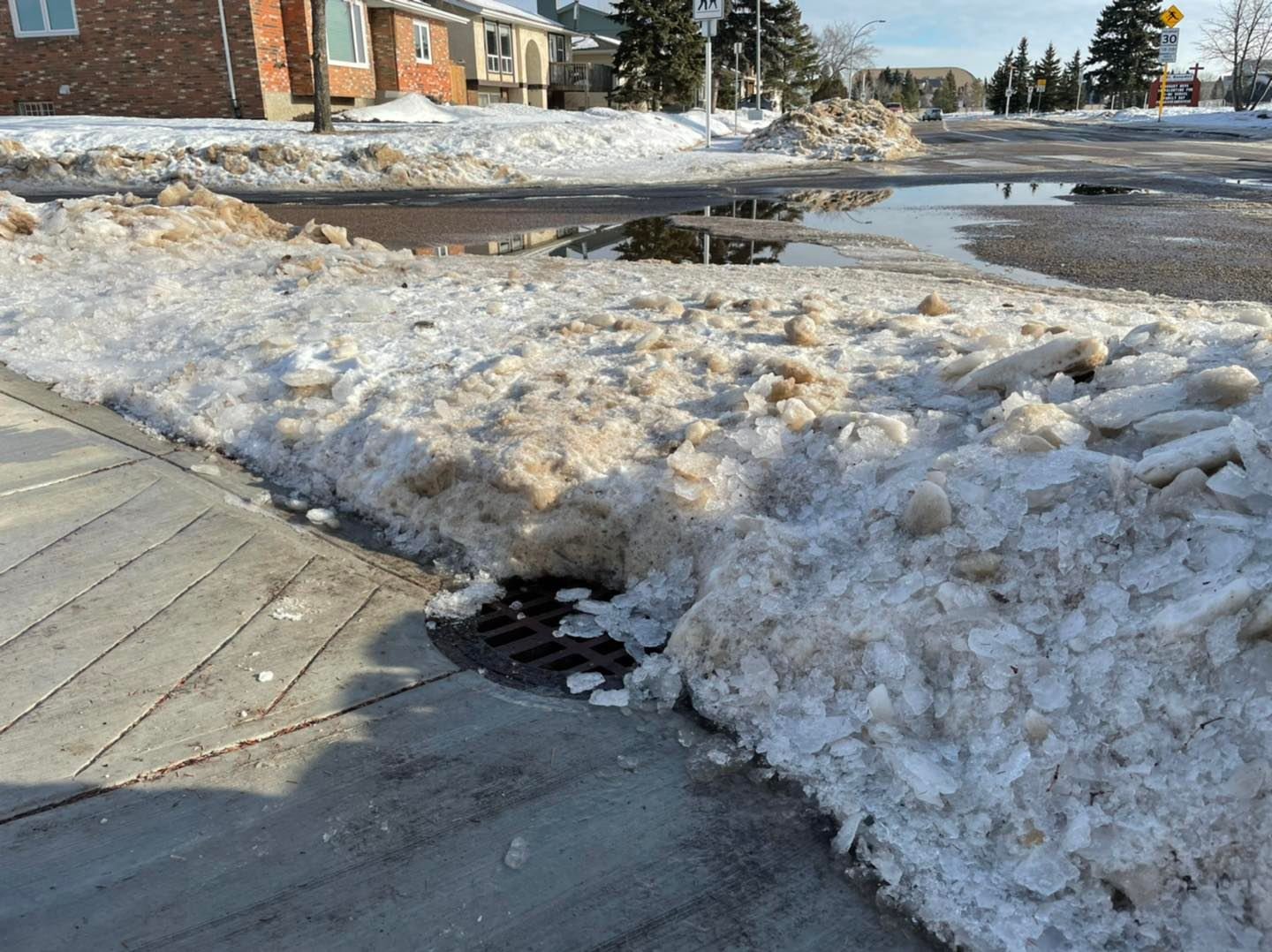
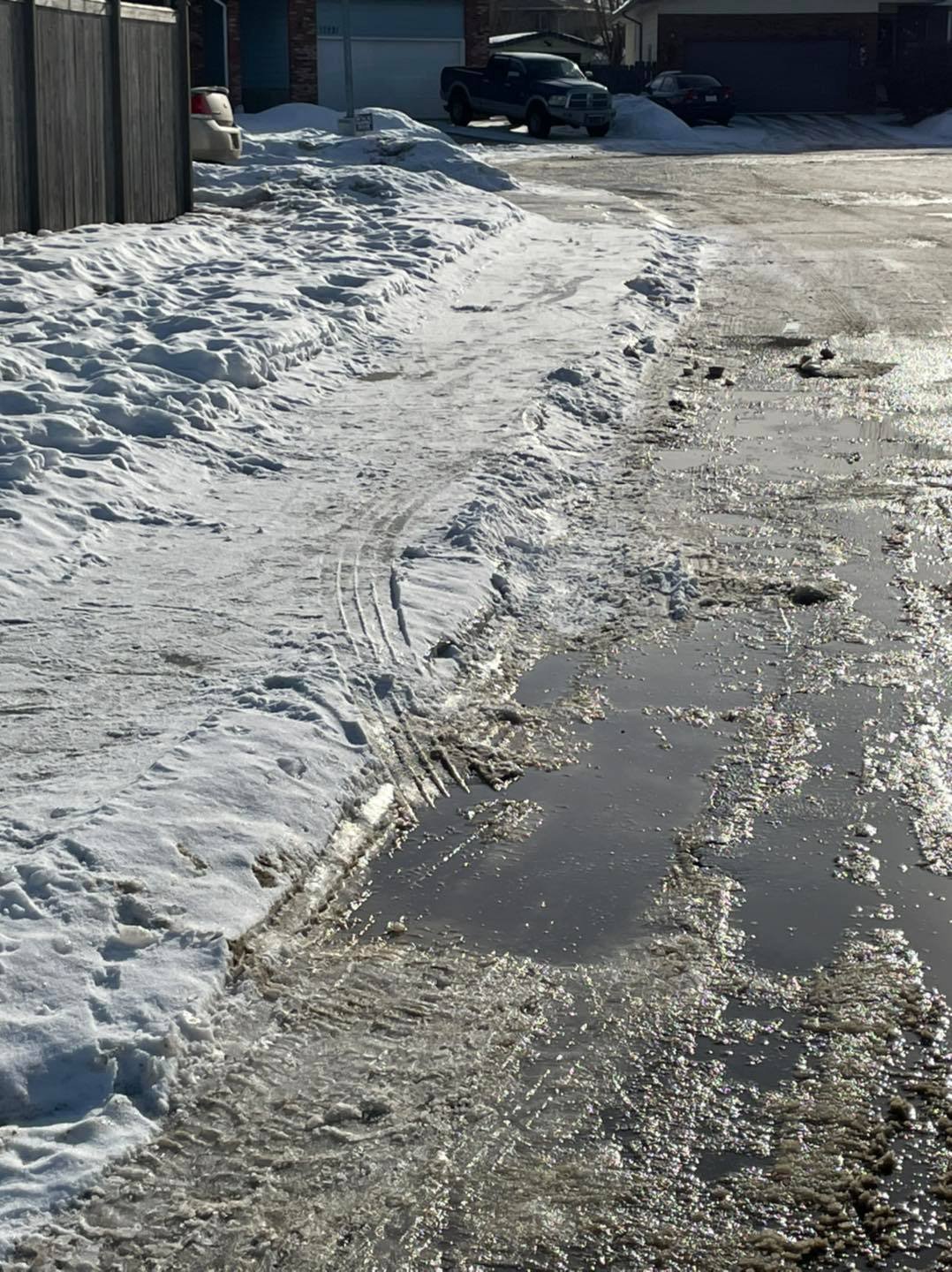
Over the last month I have been writing posts about snow removal in our City. If by chance you haven’t read those yet, please take some time and visit the links in the comments below for the first 4 parts of this series. For today’s update I’d like to focus on snow removal on City property as well as some additional comments on neighbourhood blading.
This Saturday, I went out for a 3-hour walk through 8 different communities in the west end. I thought it was important to walk because I’ve already driven and rode my bike through the ward over the past few weeks and I wanted to make sure I’ve experienced our roads, sidewalks, and trails using a variety of modes of transportation this winter.
I’ve included a number of pictures that will help provide some additional context about some of the changes that I believe we need to make.
I’m going to start with Terra Losa Park (first 3 pictures). This is the example which causes me to want to see more equipment to address our active pathways. Active pathways include our sidewalks, multi-use trails, stairs, bike lanes, transit centres, etc. In the case of Terra Losa Park, they have some multi-use trails running through the park. Unfortunately, the City doesn’t actually clear all of the active pathways in the city. The only work done at this park is the clearing of snow on the perimeter.
To be clear, this is not the fault of City staff. They do an excellent job with the resources that they have but similar to some of my comments in the earlier parts of this blog series, we haven’t kept up with the growth of our city and that means that we aren’t able to achieve the service that I think people expect.
At one point or another in the winter, every road will receive some type of service. The same should be expected for City-maintained active pathways.
Using Terra Losa as an example again, this community is one of the only ones without any single-family homes. Everyone in this community lives in row housing, courtyard housing, or an apartment/condo. While some of these properties have green space, the community green space is critical for residents.
Terra Losa also skews a bit older when it comes to demographics. There are a greater number of residents who use some type of mobility aid. By not clearing the interior of the park, we restrict the ability for residents to get out and enjoy their community and connect with their neighbours. I was able to walk through the park somewhat easily but it would have been impossible for someone to do that with a walker, wheelchair, or a parent with a stroller.
This should be the last winter where that is the case. And to be clear, I’m not just referring to Terra Losa Park, I’m referring to all active pathways in the city. Every active pathway should be cleared just as we clear every road.
The next 2 pictures are of City maintained sidewalks. According to the next picture after those sidewalks, many of the sidewalks and trails I walked on are supposed to be cleared within 48 hours. I think the images clearly show that we haven’t reached that standard. Again, this is not a criticism of City staff, they need the necessary resources to be able to meet the service standard we set and to cover the vast inventory of active pathways across the city. That is on council to provide those resources and I believe we have exhausted the cost-neutral solutions in our Snow and Ice Control program.
The other change we need to look at is how quickly we clear those pathways. When I think about the one on 95th Avenue which runs along a main road, the road is in near perfect condition but someone who cannot or chooses not to drive has a very different experience when it comes to navigating the city. Is 48 hours reasonable for a sidewalk along a main road? The main road is supposed to be cleared within 36 hours, why shouldn’t we at least be at the same standard?
The final pictures are in Belmead and La Perle. I spent most of my walk on the road because they were clear and safe. While some sidewalks were clear, it was inconsistent and wasn’t worth the risk of walking on them.
Similar to last week’s post, some of the sidewalks weren’t clear even without the presence of windrows. With that said, windrows certainly have contributed to the challenge of keeping sidewalks clear of snow and ice. That is why I think we need to start planning for windrow removal on local roads in future winters. The clear roads were wonderful to walk on but those windrows create different challenges, including at some intersections which you can see in the pictures.
I am sharing these examples with you to make sure that we are thinking about all people when developing our snow removal program. It’s important to ensure that our roads are in great shape but it’s even more important to ensure that our active pathways are clear for those that cannot drive.
I wrote about this last year but even in the worst snow storm, I can still make it in my car from point A to point B. It may take me a lot longer because I’m driving slower, but if you don’t own a car, active pathways covered in snow/ice can actually stop people from leaving their home to access their basic needs. If it hadn’t been warmer on Saturday, I wouldn’t have walked on the sidewalks that I did as they wouldn’t have been safe.
To close, Part 3 of the blog series referenced a motion I made that will provide council with the chance to determine what equipment and staffing needs will be required to increase our service standard. That conversation will take place in April and it will allow us to provide direction for what we want to see in our 2023-2026 capital and operating budgets.
Thanks for your time and if you have any other feedback that you haven’t already shared in the previous posts, please feel free to share that below.
